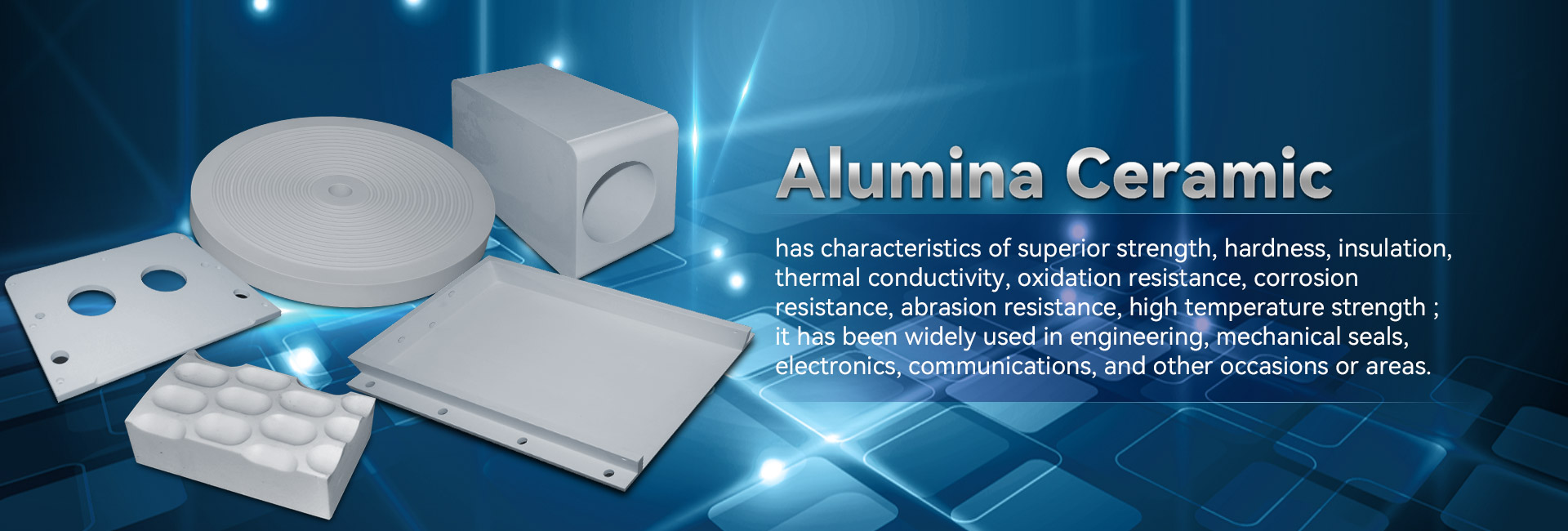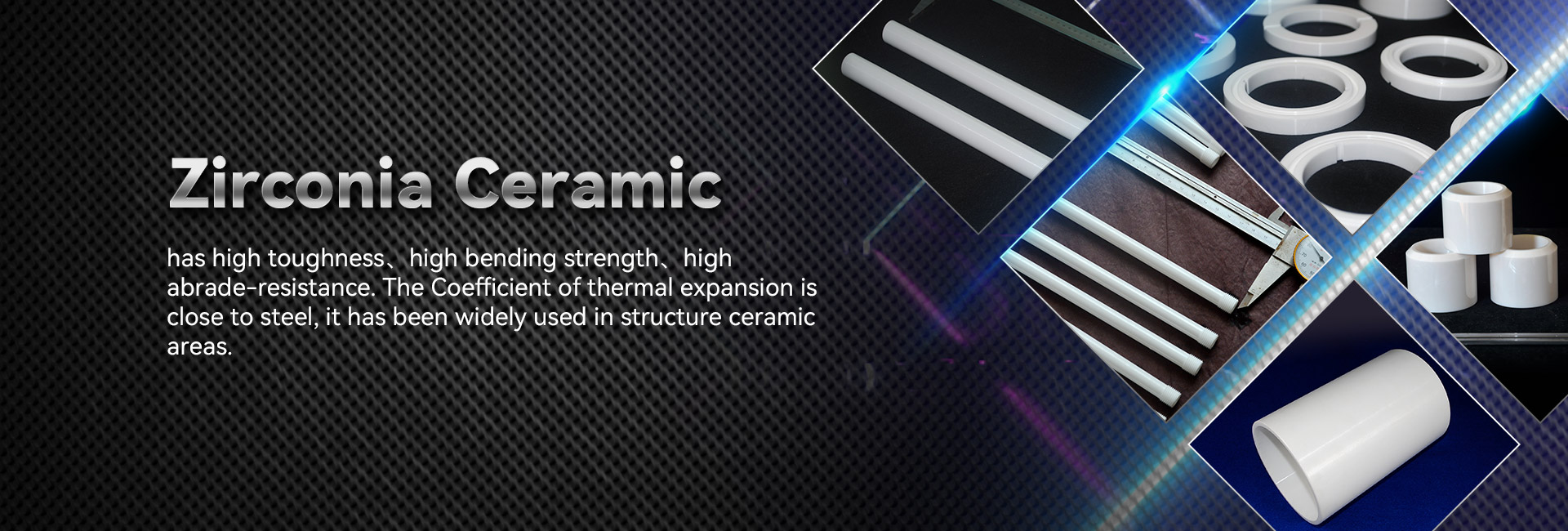
Technological element manifest exceptional chemical traits, positioning them advantageous for a expansive variety of purposes. Arising from orbital and motoring to technology, these elements are continually developing to address the demands of a current context.
- Their durability and against to severe thermal states make them crucial for advanced devices.
- Over and above, technical ceramics offer profits in terms of durability, enhancing the evolution of innovative methods.
Producing Elements: Built for Premium Effectiveness
Constructed ceramics prevail in challenging tasks due to their outstanding qualities. Crafted from select raw components and processed with rigorous processing approaches, these leading materials showcase peerless fortitude, oxidation resistance, and endurance to drastic temperatures, breakdown, and scraping. From aviation components to processing tools, industrial ceramics provide unmatched performance across wide-ranging branches. Their multifunctionality allows withstanding extreme locales, ensuring lastingness and dependability. As progress progresses, the call for quality resources grows, cementing the crucial role of industrial ceramics in shaping a improved age.
Cutting-Edge Ceramics: Extending Compound Confines
Compositions, revealing impressive rigidity and tenacity, are undergoing a metamorphosis. Cutting-edge ceramics, designed with refined control over their structure and granularity, breaking the limits of all that is attainable. These elements offer a broad assortment of essentials, originating them ideal for rigorous applications such as outer space, therapeutics, and resources. From thin parts that withstand extreme hotness to bioinert implants that unite naturally with the living system, advanced ceramics are recasting our life.
Exact Ceramic Manufacturing: Accomplishing Demanding Criteria
Technical ceramic fabrication has advanced dramatically in recent intervals, enabling the formulation of complex and highly practical ceramic items. These elements are key across a comprehensive range of domains, including space, medical, and instrument domains. Satisfying the specialized specifications for these uses calls for accurate fabrication tactics that provide for dimensional precision, surface refinement, and material traits. Next-generation ceramic fabrication processes apply diverse methods, including slip casting, injection molding, and additive manufacturing. These processes support the construction of elaborate designs and detailed characteristics with remarkable steadiness. Moreover, advances in material engineering have led to new ceramic blends endowed with superior characteristics. These compounds boast increased fortitude, survivability, and tolerance to drastic climatic conditions, enabling their use in stringent sectors.
The expectations for precise ceramic fabrication are considerable. As explorations and advancement make headway, we can reckon on even more complex methods and composites that will likewise grow the confines of what is manageable in this domain.
Elite Ceramic Structures for Challenging Locales
Functional ceramic materials provide extraordinary toughness and immunity against extreme locales, making them ideal for demanding assignments in energy fields. These progressive ceramics can bear elevated temperature loads, resist decay, and maintain their operation under challenging operational loads. Their unparalleled lattice characteristics equip robust work in severe settings, including high-temperature furnaces, power units, and reactor cores.
- Ceramic matrix composites
- Thermal stability
- Weight minimization
Advanced Composites: Uniting Sturdiness and Utility
Blended materials showcase a attractive mix of mechanical fortitude and distinct customized traits. Through the blending of ceramic bits within a substrate, these structures achieve noteworthy qualities. This integration results in heightened resistance against high thermal conditions, wearing, and chemical degradation, rendering them appropriate for strict tasks in aeronautics, automobiles, and electricity arenas. Furthermore, ceramic composites can be personalized to possess exclusive properties like electrical conductivity or biocompatibility, widening their potential across diverse realms.
Atomic Administration in Cutting-Edge Ceramics
Realizing specified qualities in high-tech ceramics commonly requires thorough governance over their internal structure. Countless fabrication factors, including sintering heat magnitude, period, and atmosphere, alongside the infusion of dopants or supporting phases, importantly shape the alignment of particles, absorption, and other microstructural peculiarities. Careful fine-tuning of these criteria allows for the enhancement of resilience, fracture resistance, and heat transfer conductivity. For example, elevating the sintering heating point can boost grain proliferation, thus increasing density and improving mechanical load-bearing capacity. Conversely, governing the firing atmosphere may modify the oxidation status of the ceramic, thereby influencing its electrical conductivity or magnetic attributes. Recognizing these relationships between microstructure and properties is vital for engineering advanced ceramics with designed functionality suitable for extensive deployments.
Erosion-Resistant Ceramics: Strengthening Durability
Inside hard-wearing engineering fields, where segments are strained to constant scuffing and degradation, wares with excellent erosion resistance are vitally crucial. Wear-resistant ceramics have appeared as a top approach, furnishing unparalleled fortitude and effectiveness in multiple industries such as operation, mining, and aerospace. These specialized products possess a special internal formation that strengthens their potential to counteract erosion. By harnessing the essential robustness and thickness of ceramic blends, engineers can craft long-lasting modules capable of withstanding the most severe operating circumstances.
Clinically Safe Structures: Purposes in Biomedical Field
Biocompatible ceramics have changed the clinical domain, furnishing an array of positive attributes for many functions. These substances are passive within the flesh, minimizing antibody responses and fostering restoration. A prime operation for biocompatible ceramics is in joint replacements, where their strength sustains long-lasting security to damaged flesh.
What's more, they are deployed in dentistry, conveying a sturdy and beautiful solution for dental implants. Ceramics also serve a key part in pharmaceutical formulations, empowering the focused administration of medication to specific regions within the organism.
- Moreover, biocompatible ceramics are steadily being scrutinized for regenerative medicine, serving as a framework for recovery.
- Hence, the future of biocompatible ceramics in clinical use looks favorable, with continual studies expanding their uses.
Precision Ceramic Sensors: Enabling Trustworthy Determinations
High-tech sensor ceramics have surfaced as principal elements across a diverse array of markets. These tools deploy the individual properties of ceramic ceramic nozzle compounds to deliver highly exact calculations. Their fortitude in {demanding|harsh| 